July 17 to July 23
When Yeh Ken-chuang (葉根壯) came of age, the traditional skills of architecture and carpentry that had been in his family for four generations were disappearing. After helping his uncle Yeh Teh-ling (葉得令) construct ships, residences and temples for more than a decade, Yeh struck out on his own at the age of 28 in 1960 as a damusi (大木司, chief carpenter), earning his lifelong title “Chief Chuang” (壯司).
Around this time, builders in his homeland of Penghu were increasingly using reinforced concrete instead of wood, due to the humid climate. The period also saw a frenzy in temple construction as the economy improved, meaning there was plenty of work for Yeh.
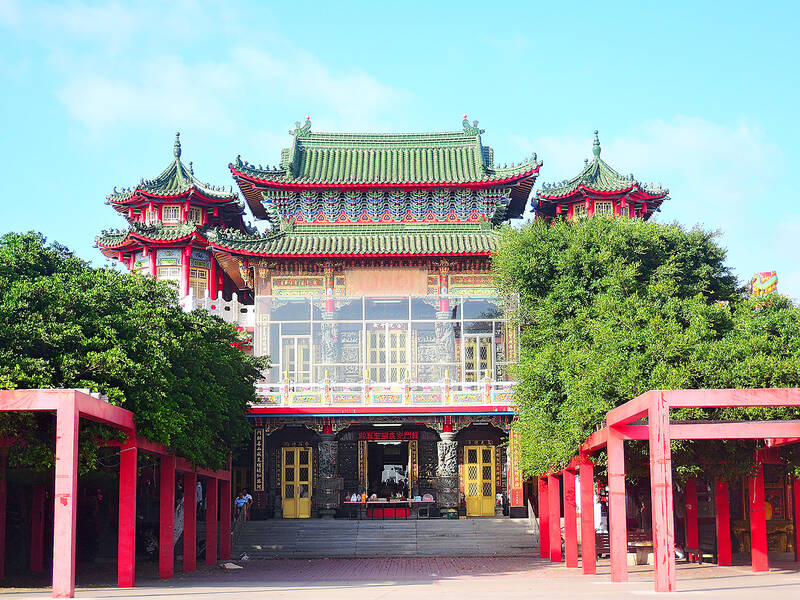
Photo courtesy of Wikimedia Commons
Adept in non-structural techniques such as doors, windows and furniture, as well as the intricate carvings and detailed decorations that adorned the structures, Yeh was able to adapt his skills, leading the reconstruction of the historic Hsiliao Daitian Temple (西寮代天宮) on Penghu’s main island in 1963.
According to the book Crossing Traditions in Yeh Ken-chuang’s Large-scale Carpentry Skills (宮廟巧藝 :跨越傳統的葉根壯大木作技術), it was Penghu’s first temple that used a purely reinforced concrete structure.
Before his life was cut short, Yeh created more than 70 temples and related structures across the various islands of Penghu and left behind more than 230 building plans.
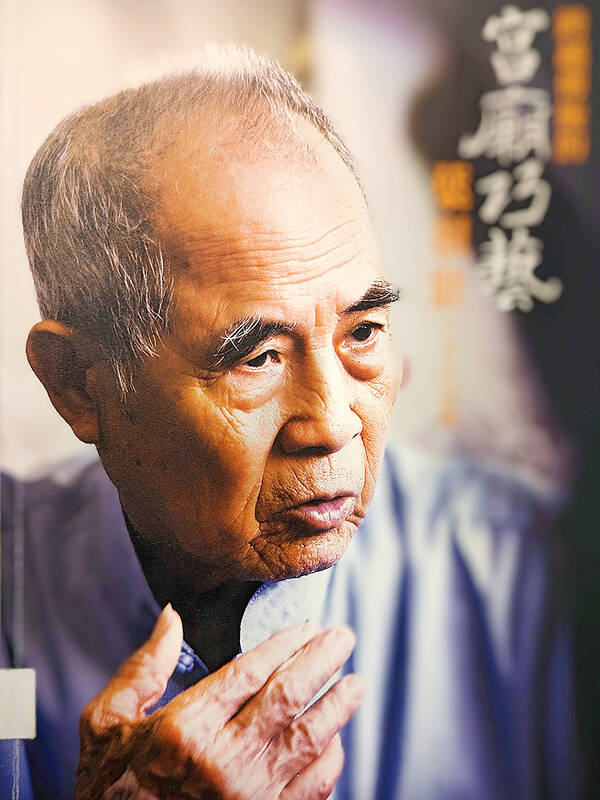
Photo courtesy of National Central Library
Although Yeh could have built temples and other structures on Taiwan proper, he only worked on a handful of projects outside of Penghu because he wanted to be close to his family.
CLAN OF CARPENTERS
The Yeh family’s woodworking tradition began with Yeh Ma-li (葉媽利), who learned the architecture and carpentry trade from an unknown master on Kinmen. The Yehs trace their roots to Kinmen, although this branch had been living in Penghu since the early 1600s.
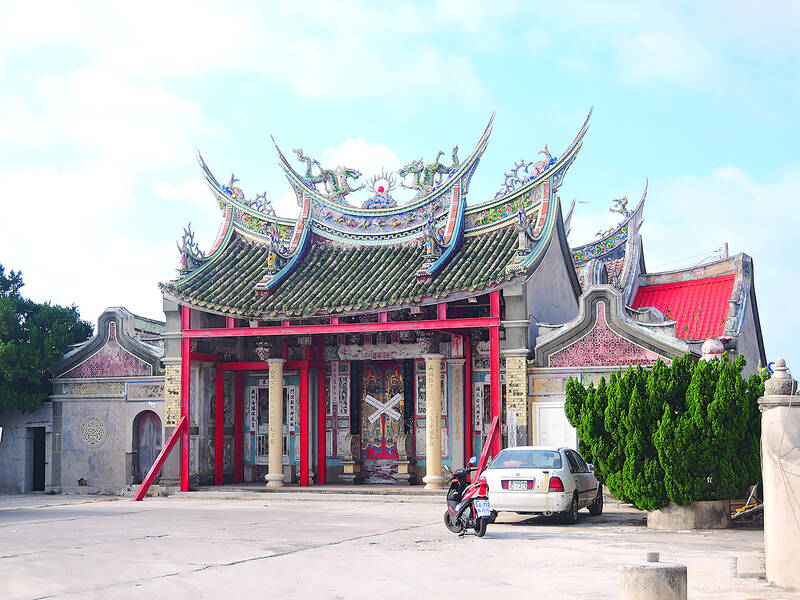
Photo courtesy of Wikimedia Commons
Yeh Ma-li was Penghu’s chief temple builder between 1860 and 1890. His daughter-in-law once said that at the height of his prolific career, only three temples on Penghu were not constructed by him. Besides his sons, Yeh Ma-li also took in a young neighbor Hsieh Chiang (謝江), whose later work includes the Guanyin Temple (觀音亭) and City God Temple (城隍廟) in Penghu’s largest town of Magong (馬公). Hsieh’s descendants also became prominent temple builders.
Yeh Ma-li’s grandson Yeh Te-ling became Hsieh’s apprentice since his father died when he was young. Yeh Te-ling was also versed in both large-scale and small-scale carpentry, but unfortunately few temples he built remain.
Yeh Ken-chuang was born in 1932 to Yeh Te-ling’s older brother Yeh Tung (葉東), who was also a carpenter. Yeh Tung, who focused mostly on residences, probably learned from his father Yeh Yuan (葉元), who died before his sons finished their apprenticeships. Only Yeh Te-ling received a complete training under Hsieh.
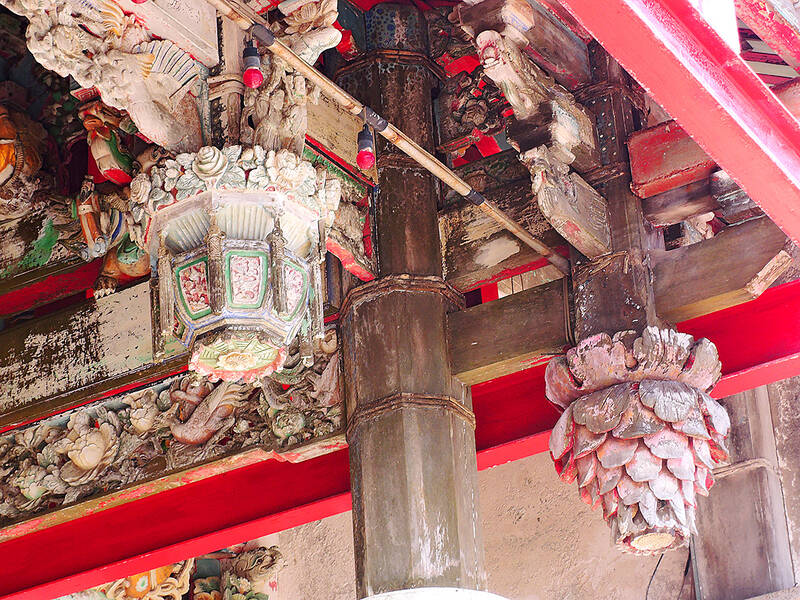
Photo courtesy of Wikimedia Commons
Yeh Ken-chuang’s formal education was cut short by World War II, so he began working at his brother-in-law’s grocery store at the age of 13. The store’s landlord taught him math and weighing skills as well as how to calculate the amount of materials needed for a job, greatly helping him in his career as a builder.
The brother-in-law died when Yeh Ken-chuang was 17 years old, so the teenager asked Yeh Te-ling if he could help him build Wufu Temple (吳府宮) on Wangan Island (望安). Yeh Ken-chuang would become one of his uncle’s five official disciples, training with him for 11 years and carrying on the family name.
ADAPTING TO THE NEW
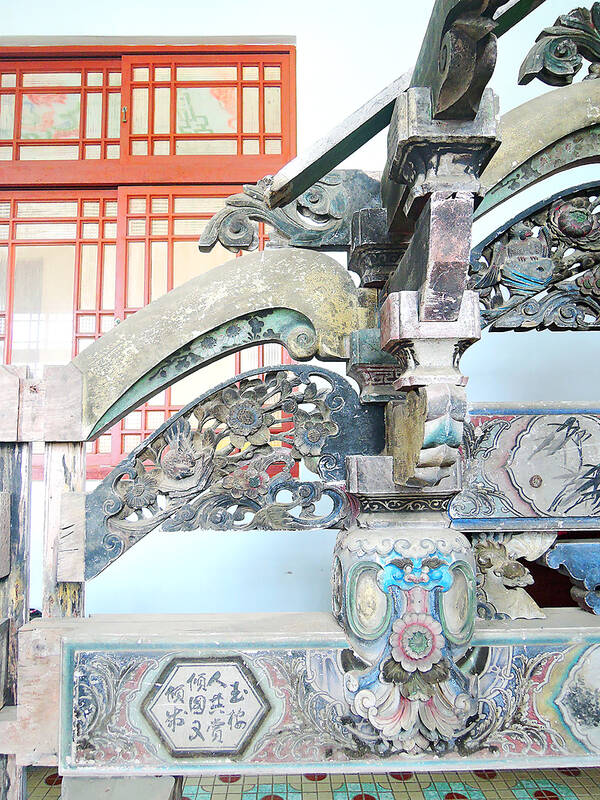
Photo courtesy of Wikimedia Commons
During the first years under his uncle, most of their projects were residences and ships. Only later was there a need for temple work suddenly surge. Yeh’s uncle was often gone for weeks overseeing construction across the archipelago, and Yeh was often thrust into the spotlight on projects closer to home. The first temple he completed on his own was the Hsu Village Gangyuan Temple (許家村港元寺), which has been since demolished and rebuilt.
Wood structures in Penghu were susceptible to decay, especially as the strong monsoon winds contained sea salt. Once reinforced concrete became readily available, building methods began shifting immediately.
Yeh employed the new reinforced concrete building methods, and in just his third year in business, he built the Hsiliao Daitian Temple. It was a daring attempt for him, replacing the major supports with concrete and simplifying the complicated wood layering techniques. Yeh still maintained his passion for wood structures, building in that same year the Lungmen Guanyin Temple (龍門觀音寺). He mostly used a combination of timber and reinforced concrete until the mid-1970s, after which he completely switched to reinforced concrete.
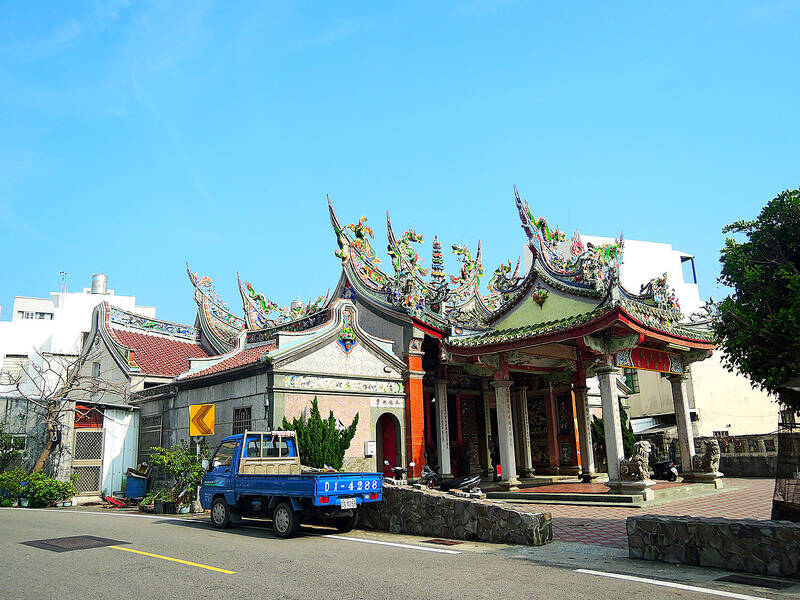
Photo courtesy of Wikimedia Commons
Despite the shift, Yeh was able to maintain the proportions, designs and other essential elements of a traditional temple, and use modern materials to create decorations that resembled the old. At the same time, he continued to refine and evolve his knowledge of reinforced concrete construction.
He was enthusiastic about preservation and passing on this traditional knowledge. In 2008, he became an instructor with a Penghu traditional architecture program and was also involved in other ventures.
In 2010, Yeh was nominated by the government as a preserver of large-scale carpentry skills, with the description reading: “He’s adept in adapting his traditional skills to any size, style and construction method. Despite being impacted by the shift in building material, he still adheres to the traditional system required in large-scale carpentry.”
The final evaluation was set for July 29, 2014, and if he passed Yeh would have officially become a “national living treasure” (人間國寶). However, just six days before that day, TransAsia Airways Flight 222 from Kaohsiung crashed near Magong Airport’s runway, killing 47 people. Yeh and his wife were among the victims. He was 82 years old.
Taiwan in Time, a column about Taiwan’s history that is published every Sunday, spotlights important or interesting events around the nation that either have anniversaries this week or are tied to current events.

April 7 to April 13 After spending over two years with the Republic of China (ROC) Army, A-Mei (阿美) boarded a ship in April 1947 bound for Taiwan. But instead of walking on board with his comrades, his roughly 5-tonne body was lifted using a cargo net. He wasn’t the only elephant; A-Lan (阿蘭) and A-Pei (阿沛) were also on board. The trio had been through hell since they’d been captured by the Japanese Army in Myanmar to transport supplies during World War II. The pachyderms were seized by the ROC New 1st Army’s 30th Division in January 1945, serving

The People’s Republic of China (PRC) last week offered us a glimpse of the violence it plans against Taiwan, with two days of blockade drills conducted around the nation and live-fire exercises not far away in the East China Sea. The PRC said it had practiced hitting “simulated targets of key ports and energy facilities.” Taiwan confirmed on Thursday that PRC Coast Guard ships were directed by the its Eastern Theater Command, meaning that they are assumed to be military assets in a confrontation. Because of this, the number of assets available to the PRC navy is far, far bigger

The 1990s were a turbulent time for the Chinese Nationalist Party’s (KMT) patronage factions. For a look at how they formed, check out the March 2 “Deep Dives.” In the boom years of the 1980s and 1990s the factions amassed fortunes from corruption, access to the levers of local government and prime access to property. They also moved into industries like construction and the gravel business, devastating river ecosystems while the governments they controlled looked the other way. By this period, the factions had largely carved out geographical feifdoms in the local jurisdictions the national KMT restrained them to. For example,

The remains of this Japanese-era trail designed to protect the camphor industry make for a scenic day-hike, a fascinating overnight hike or a challenging multi-day adventure Maolin District (茂林) in Kaohsiung is well known for beautiful roadside scenery, waterfalls, the annual butterfly migration and indigenous culture. A lesser known but worthwhile destination here lies along the very top of the valley: the Liugui Security Path (六龜警備道). This relic of the Japanese era once isolated the Maolin valley from the outside world but now serves to draw tourists in. The path originally ran for about 50km, but not all of this trail is still easily walkable. The nicest section for a simple day hike is the heavily trafficked southern section above Maolin and Wanshan (萬山) villages. Remains of